The arrival of Apple Silicon ushered in a new era of Apple computers. This is because we got significantly more performance and lower energy consumption, which breathed new life into Macs and significantly increased their popularity. Since the new chips are mainly significantly more economical compared to processors from Intel, they do not even suffer from the famous problems with overheating and practically always keep a "cool head".
It could be interest you

After switching to a newer Mac with an Apple Silicon chip, many Apple users were surprised to find that these models do not even heat up slowly. Clear evidence is, for example, the MacBook Air. It is so economical that it can completely do without active cooling in the form of a fan, which would simply not have been possible in the past. Despite this, the Air can easily cope with, for example, gaming. After all, we shed some light on this in our article about gaming on MacBook Air, when we tried several titles.
Why Apple Silicon Doesn't Overheat
But let's move on to the most important thing, or why Macs with an Apple Silicon chip don't heat up so much. Several factors play in favor of the new chips, which subsequently also contribute to this great feature. At the outset, it is appropriate to mention the different architecture. Apple Silicon chips are built on the ARM architecture, which is typical for use in, for example, mobile phones. These models are significantly more economical and can easily do without active cooling without losing performance in any way. The use of the 5nm manufacturing process also plays an important role. In principle, the smaller the production process, the more efficient and economical the chip is. For example, the six-core Intel Core i5 with a frequency of 3,0 GHz (with Turbo Boost up to 4,1 GHz), which beats in the currently sold Mac mini with an Intel CPU, is based on the 14nm production process.
However, a very key parameter is energy consumption. Here, a direct correlation applies - the greater the energy consumption, the more likely it is to generate additional heat. After all, this is precisely why Apple bets on the division of cores into economical and powerful ones in its chips. For comparison, we can take the Apple M1 chipset. It offers 4 powerful cores with a maximum consumption of 13,8 W and 4 economical cores with a maximum consumption of only 1,3 W. It is this fundamental difference that plays the main role. Since during normal office work (browsing the Internet, writing e-mails, etc.) the device consumes practically nothing, it logically has no way to heat up. On the contrary, the previous generation of MacBook Air would have a consumption of 10 W in such a case (at the lowest load).
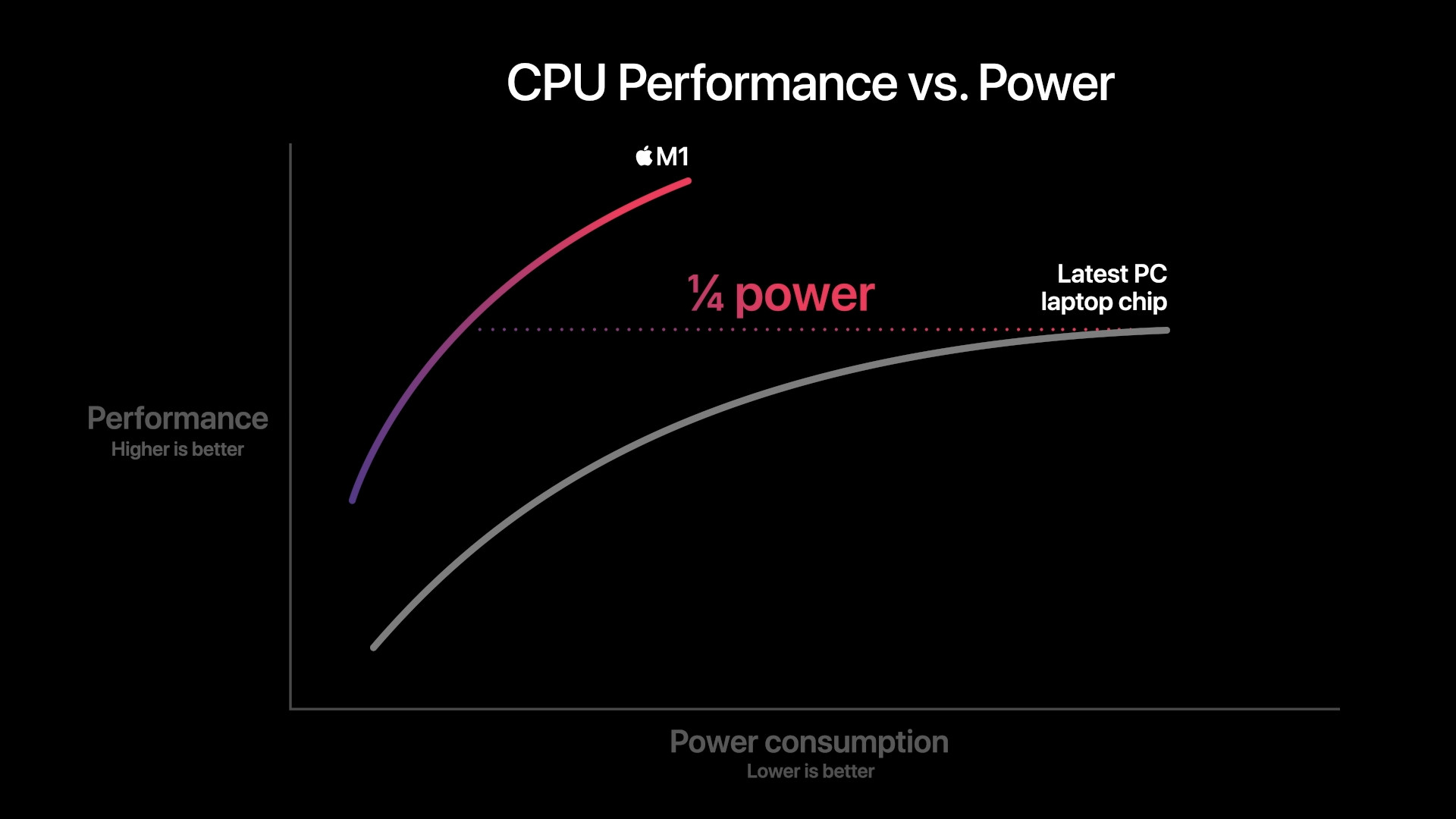
Optimalization
Although Apple products may not look the best on paper, they still offer breathtaking performance and perform more or less without any problems. But the key to this is not just hardware, but its good optimization in combination with software. This is precisely what Apple has been basing its iPhones on for years, and now it is transferring the same benefit to the world of Apple computers, which, in combination with its own chipsets, are on a completely new level. Optimizing the operating system with the hardware itself thus bears fruit. Thanks to this, the applications themselves are a bit more gentle and do not require such power, which naturally reduces their effect on consumption and subsequent heat generation.
It could be interest you
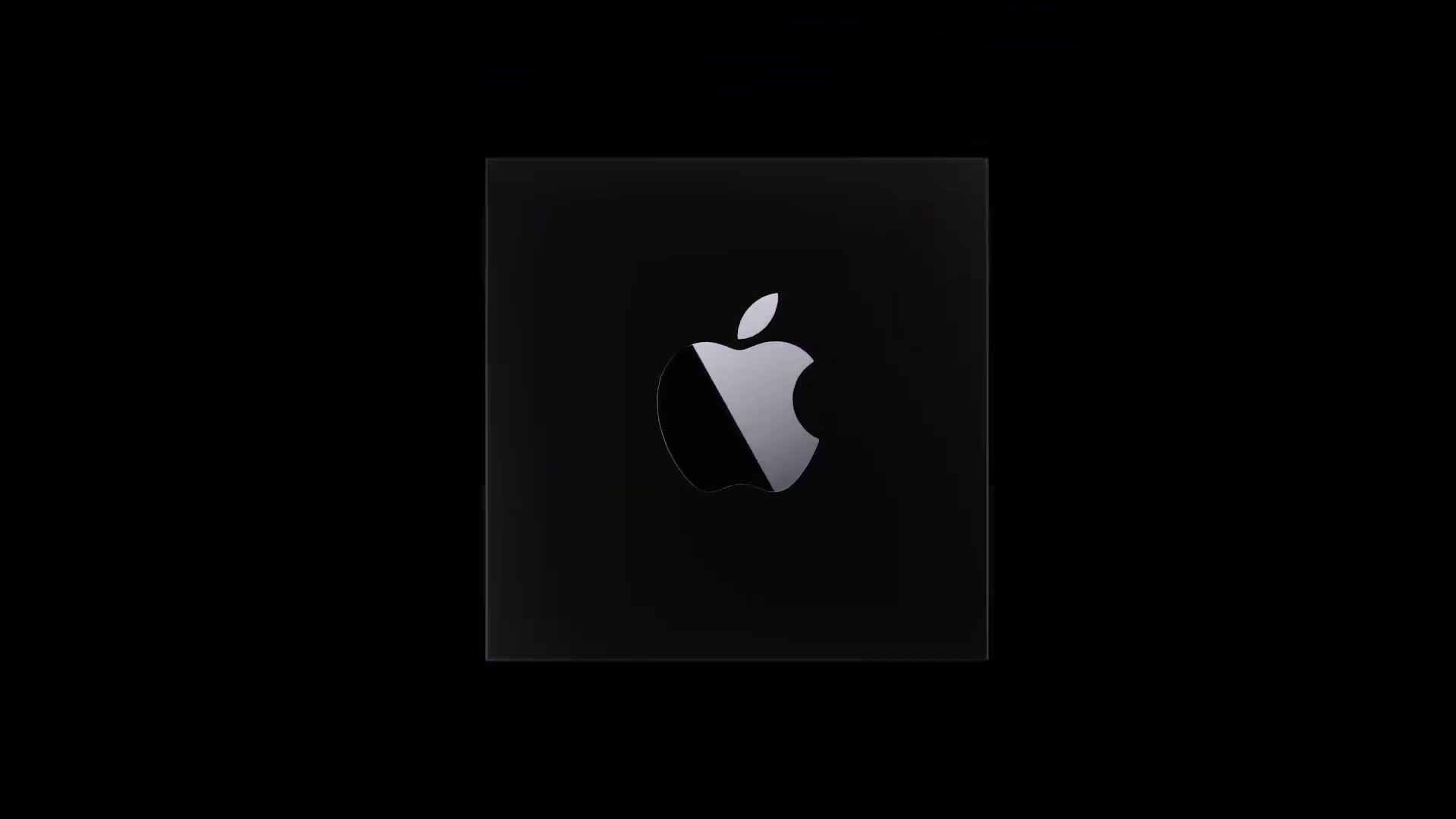

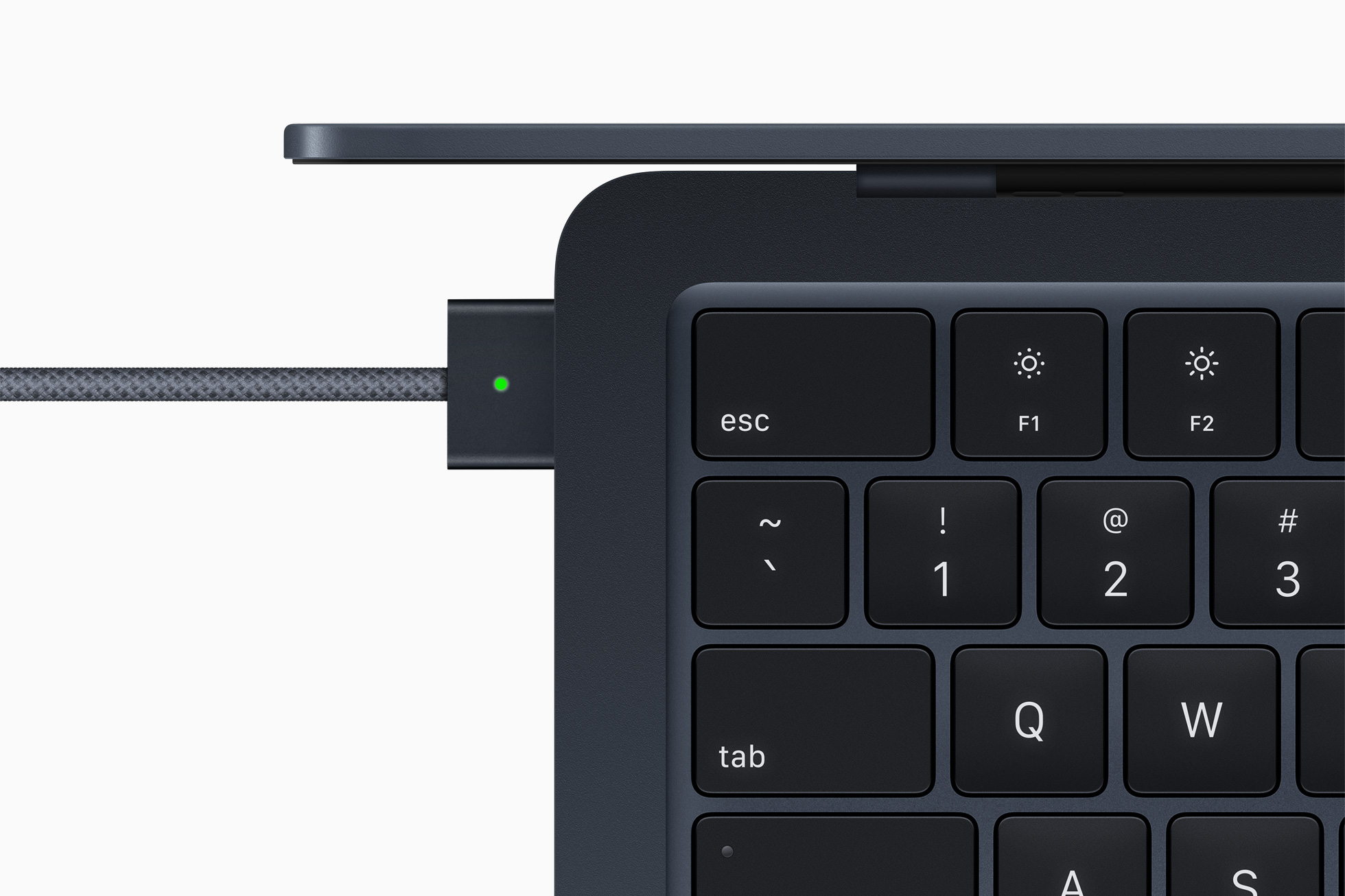
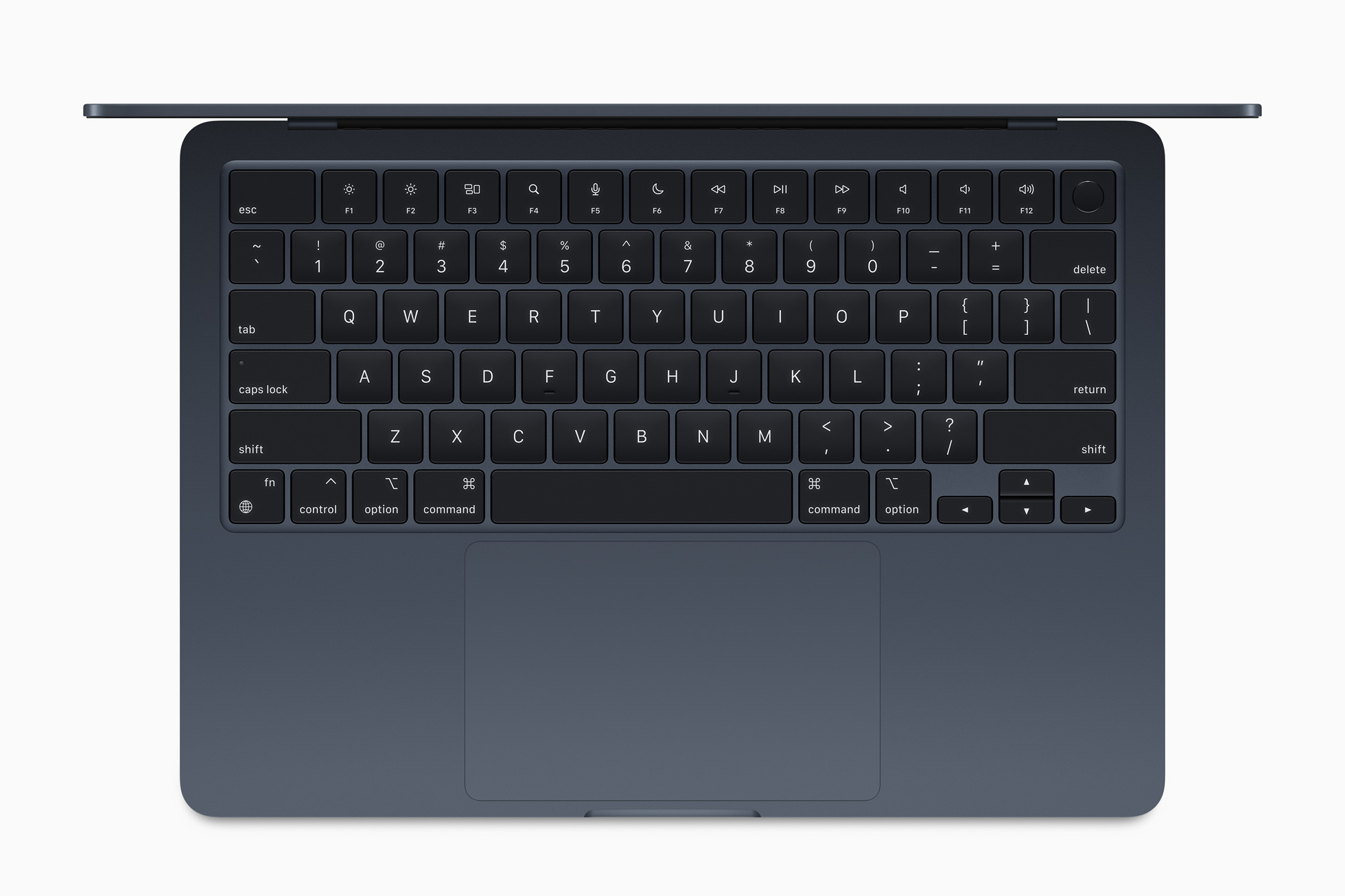
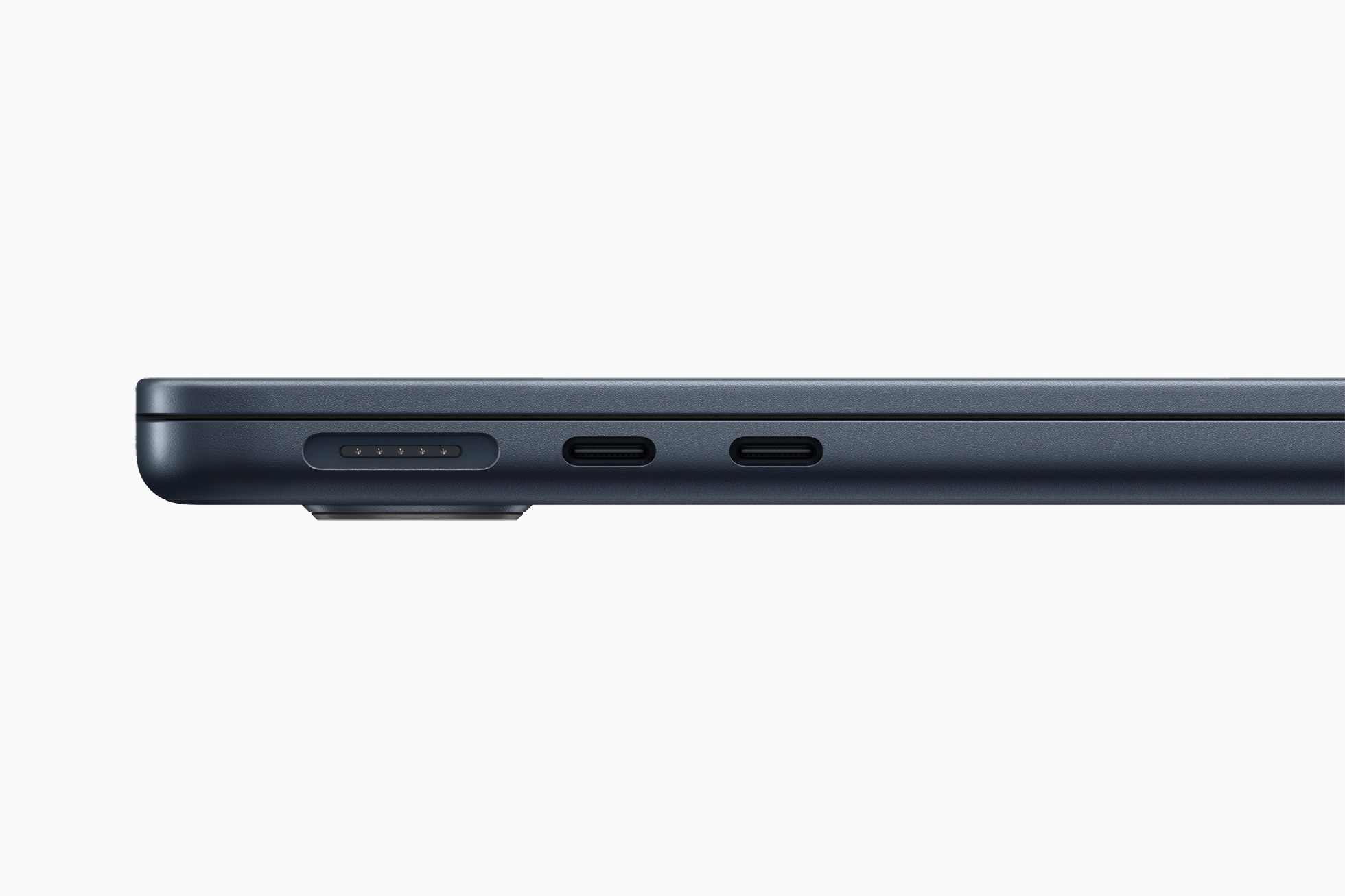
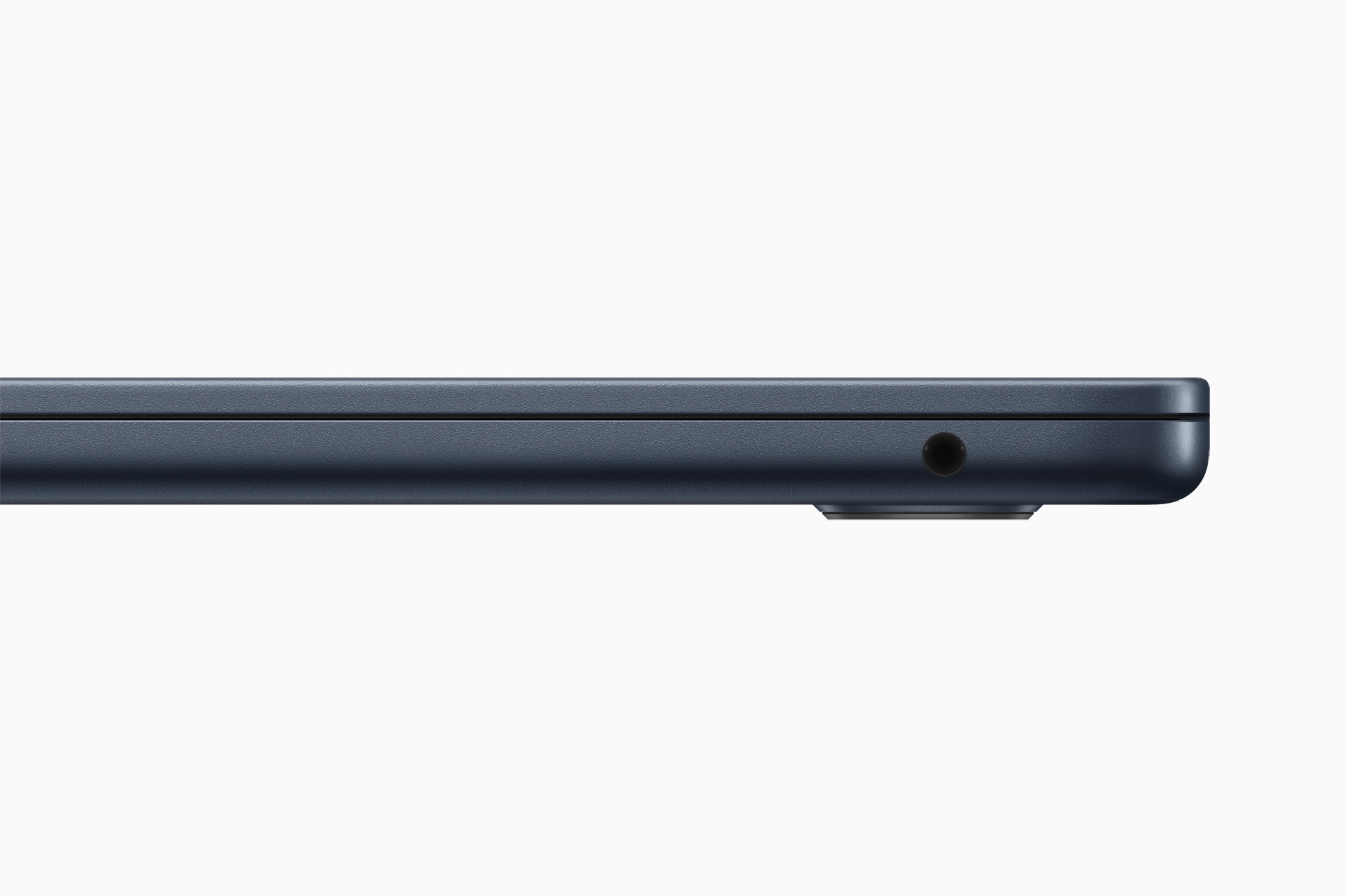

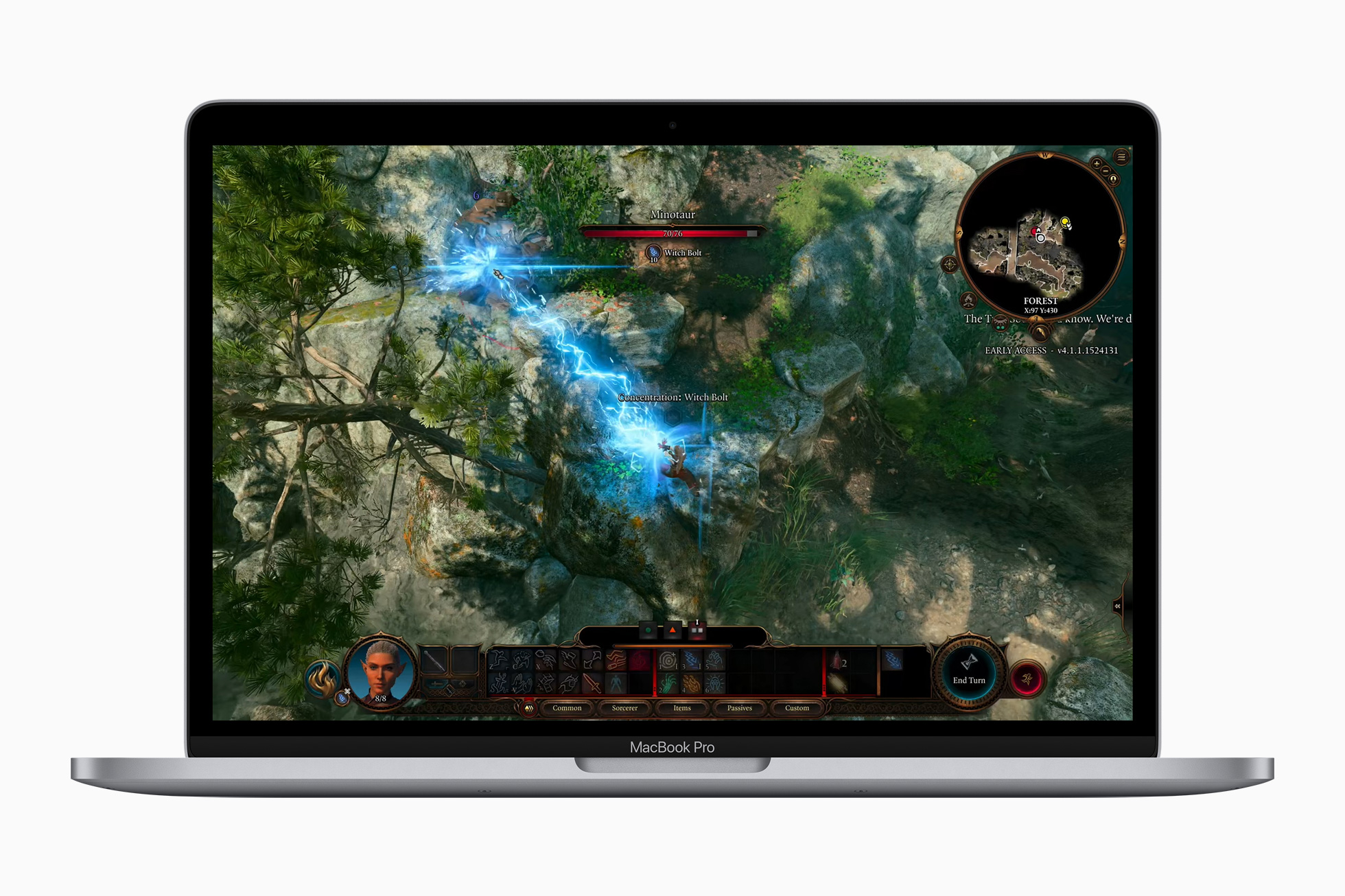
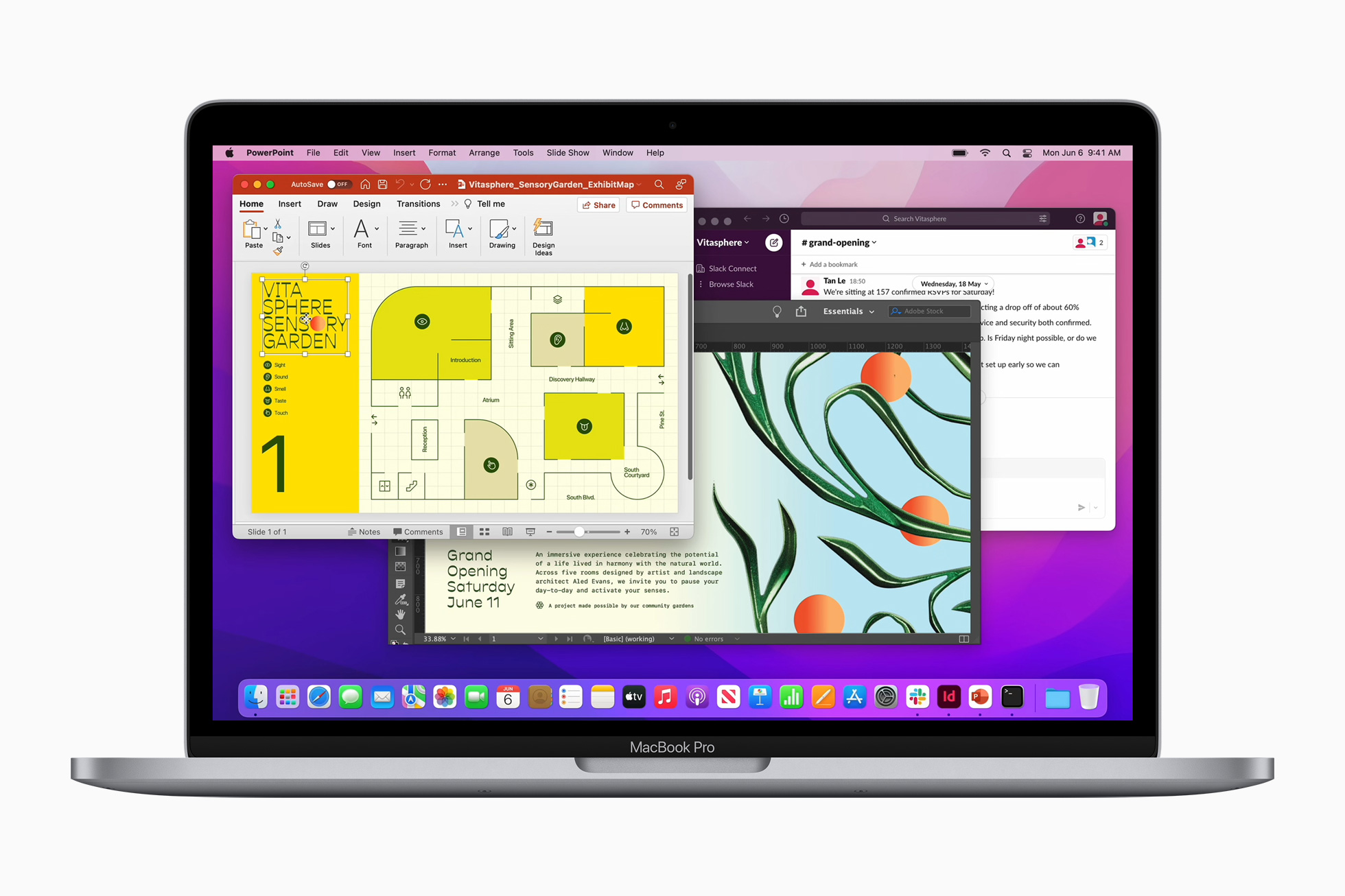

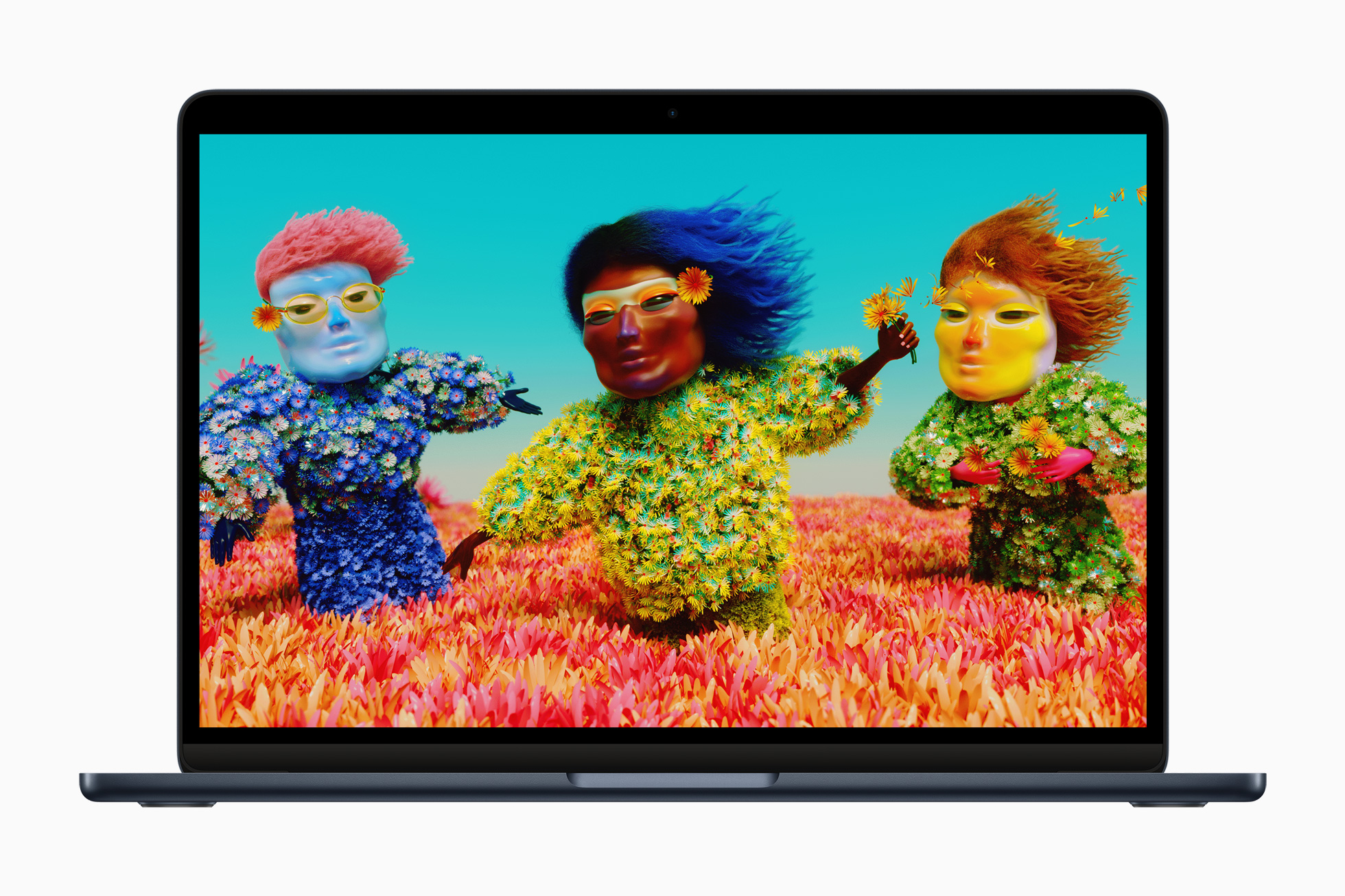
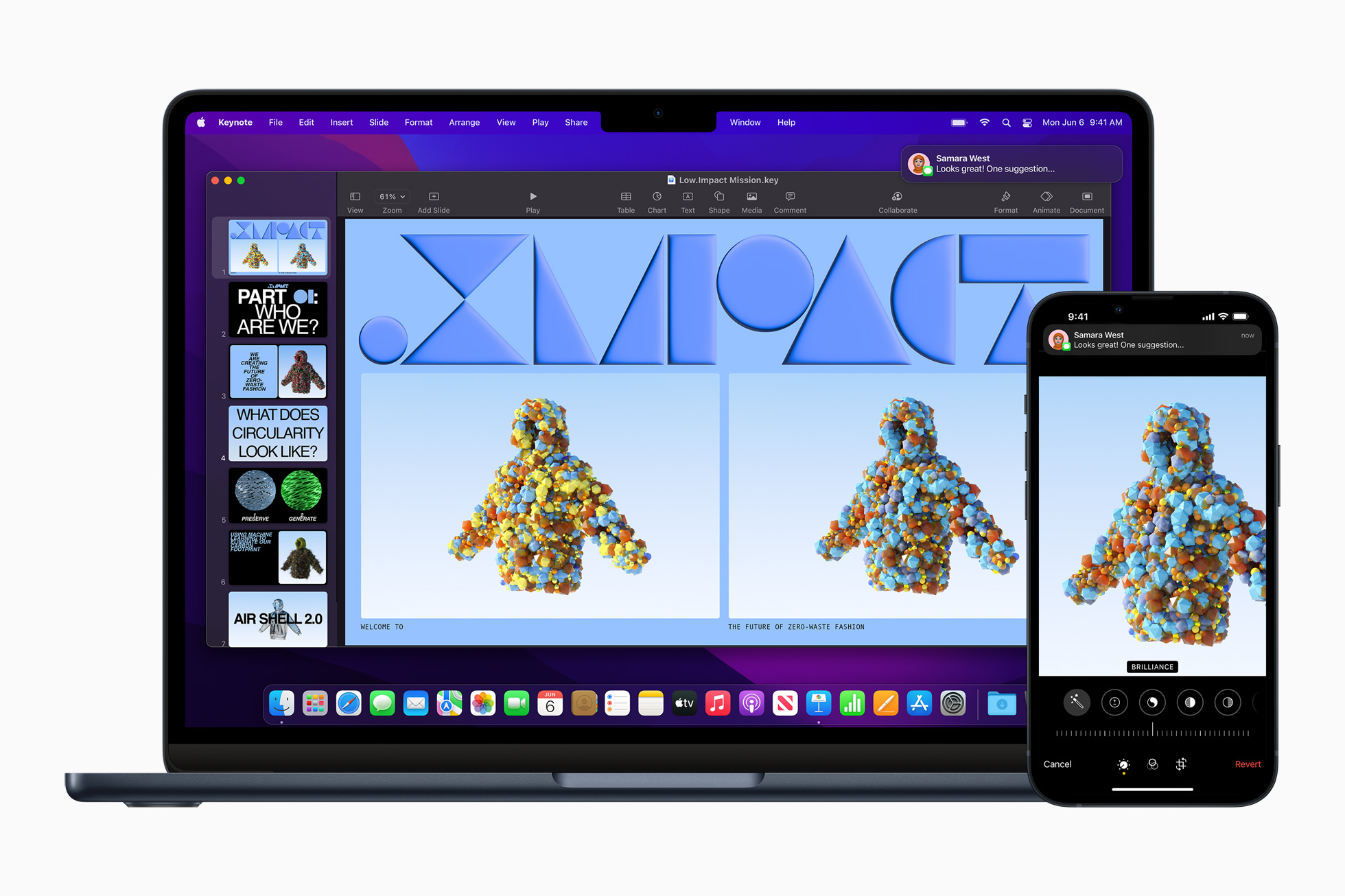
It's really funny to compare a "century" i5 on 14nm with current SoCs on 5/4nm. The "apple silicon" architecture alone certainly wouldn't have that much performance (even like the current i5). Apple bet on specialized accelerators (coprocessors). The mentioned optimization of the OS on their SoC thus brings the "breathtaking" performance. But - if you used an application for which "apple silicon" does not have a coprocessor, the performance will go down and will be barely at the level of the slowest i3. On the other hand, the aforementioned i5 performs "equally poorly" in all types of tasks (not counting its tragic graphics). Of course, I'm not saying that "apple silicon" SoCs are bad, I'm just explaining the difference. x86 has simply been pulling compatibility since 1976 (!), so software from that time is able to run on today's x86 CPUs/SoCs. Which is one of the problems of the "slowness" of x86 compared to the "apple-optimized" aarch64 architecture…
Well, Intel has itself to blame for that, because it keeps releasing new processors with 14nm processors. When you compare the performances of individual new processors, you can't even see a significant year-on-year shift! Intel rested on our laurels a bit and now they are paying for it.
*with 14nm manufacturing process